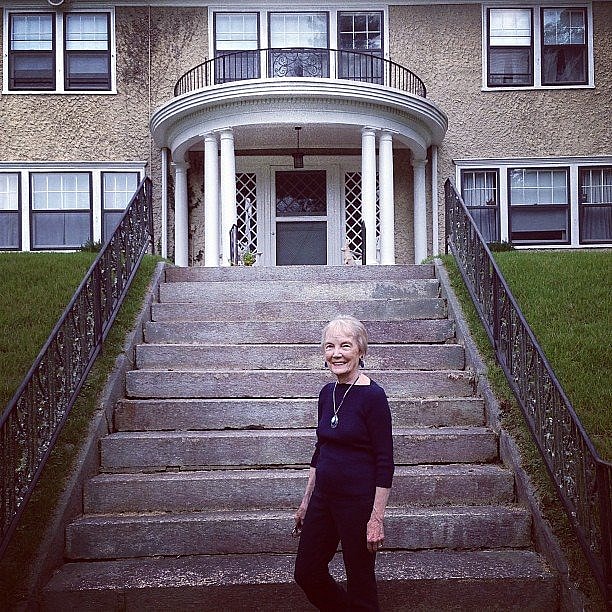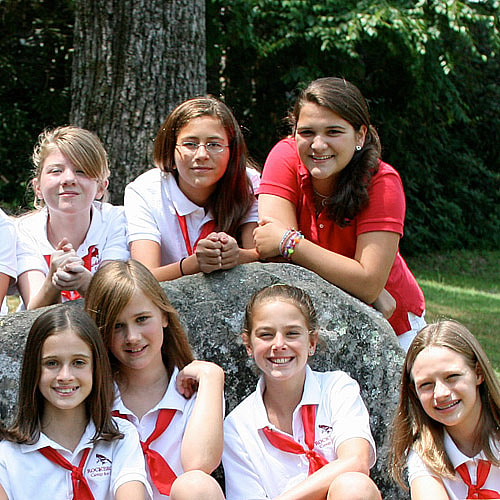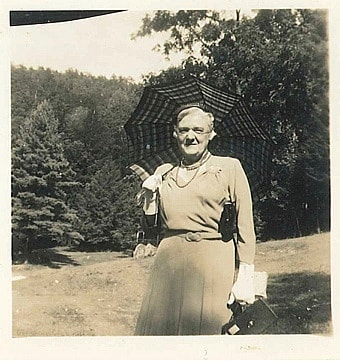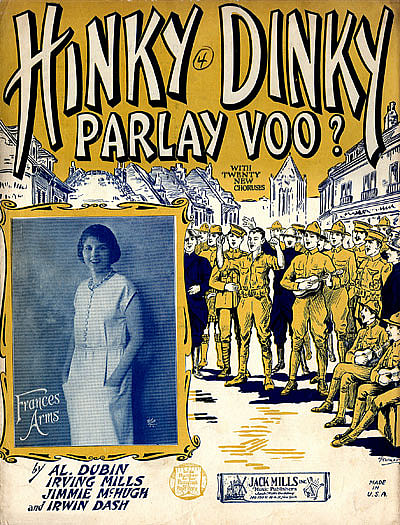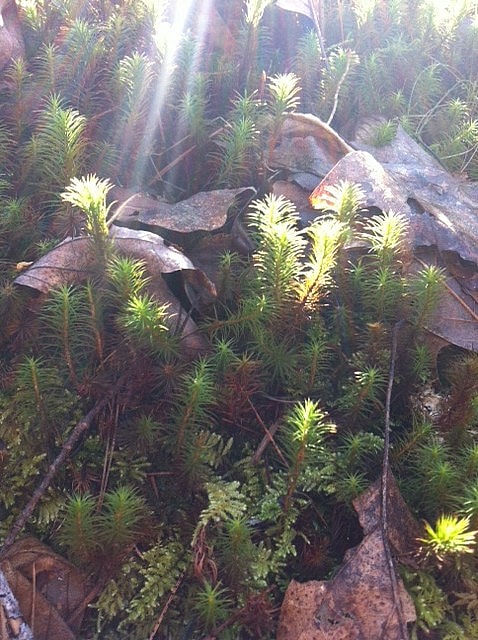The rising bell tolls at 7:15 and you open your eyes, eager to start another day at Rockbrook Camp for Girls. You and your cabin-mates jump out of your low cots and slip into your thick, black, woolen swim suits. You pour out of your cabin and join the other girls of the camp as, blinking sleep from their eyes, they make their way to the lake for the morning dip.
The water is as cold as ever, but by the time you emerge, the allure of going back to bed has left you completely. You are fully awake. You run back up the hill with your cabin-mates, while your counselors (local schoolteachers, camp-mothers, and the like) follow more slowly behind. You only have twenty minutes to put on your uniform and get ready for the day, before you are due in the Dining Hall to help set up for breakfast.
As you put on your billowy gray bloomers, and your white blouse and tie, smells from the Dining Hall begin to reach your cabin. The cooks have been up for hours already, gathering the vegetables from Mr. Carrier’s giant garden at the bottom of the hill, milking the camp cows for fresh milk, and collecting eggs from the camp chickens.
Breakfast passes quickly. Quiet songs are sung at breakfast—every camper and counselor joins in, weaving together a peaceful harmony of voices. You all gather on the hill for Morning Assembly—a sea of girls in white, red, and gray, whispering amongst themselves, and trying not to catch the attention of the counselors. Mrs. Carrier leads the camp in the morning prayer, then reads out the lists of hiking and canoeing trips leaving camp today. You know that your name isn’t on any of the lists, so rather than listening, you spend your time planning out which activities you’ll do today. Horseback riding, perhaps, or maybe weaving and a bit of canoeing.
Assembly gets out a little early, so you and your cabin-mates race back to the cabin, to spruce the place up before 10 o’clock Inspection. You spend five breathless minutes shoving your sopping swimsuits under your beds, and smoothing your sheets, until the cabin looks spotless.
You pass inspection, thank goodness. The rest of your morning is a blur of horseback riding, tennis, and swimming. Lunch is succulent—every vegetable, fruit, and piece of meat is taken from the Rockbrook farm, so it is all as fresh and filling as you could wish.
During Rest Hour, you can’t bring yourself to rest. You are too excited for the afternoon, when you will practice for the dance pageant that you and a few other campers will perform at the end of the session. The counselors have spent the last week sewing the fairy costumes out of old pillowcases, and today is the first day you get to try them on.
You’re the first person to arrive at the rehearsal in the Hillside Lodge, and you immediately begin changing into the costume. It’s a relief, really, to trade the hot, scratchy bloomers for the lighter cotton shift. Most of the girls take ballet at home, but the dance is much less formal and more fun than any of you are used to. Mainly, it is an excuse to leap and run around for a few hours in clothes much more comfortable than the camp uniform. But still, the dance is coming together, and none of you can wait for the day that you get to perform it on the lawn of Mrs. Carrier’s house.
Dinner is boisterous—the heat of the day is ebbing away and the songs are spirited and loud. Some of the younger girls get carried away and begin banging on the tables in the rhythm of the song, but Mrs. Carrier puts a stop to that quickly.
Mrs. Carrier is always a fan of fun, you know, but she does expect her girls to behave themselves. The girls look sheepish, but Mrs. Carrier begins a rousing rendition of “Rockbrook Camp Forever,” which brings the smiles right back to their faces.
The lowering of the flag after dinner is a solemn affair, as it always is. Mrs. Carrier leads the camp in the evening prayer: “Oh God, give us clean hands, clean words, clean thoughts…” When she is finished, she returns to her house for the evening, and the counselors start up a big game of freeze-tag on the hill.
At 8:30, when your eyelids are beginning to feel heavy, and your footsteps beginning to drag, you make your way to the lodge for milk and crackers. By 9:00, you are dressed in your nightgown in your cabin, holding hands in a circle with your cabin-mates, singing “Taps” softly to one another.
As you lay your head on your pillow and listen to the songs of the crickets rise and swell through the forest around you, you can’t help but realize how lucky you are. Not every girl gets to escape the fast-paced modern world, to spend a few weeks of freedom in the mountains. Not every girl gets to let go of propriety and manners, and dance like a wild thing for an entire afternoon. Not every girl gets to have a perfect day, then go to bed knowing that the next day will be even better, and the next even better than that.









